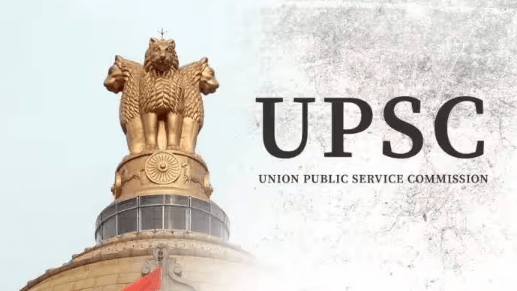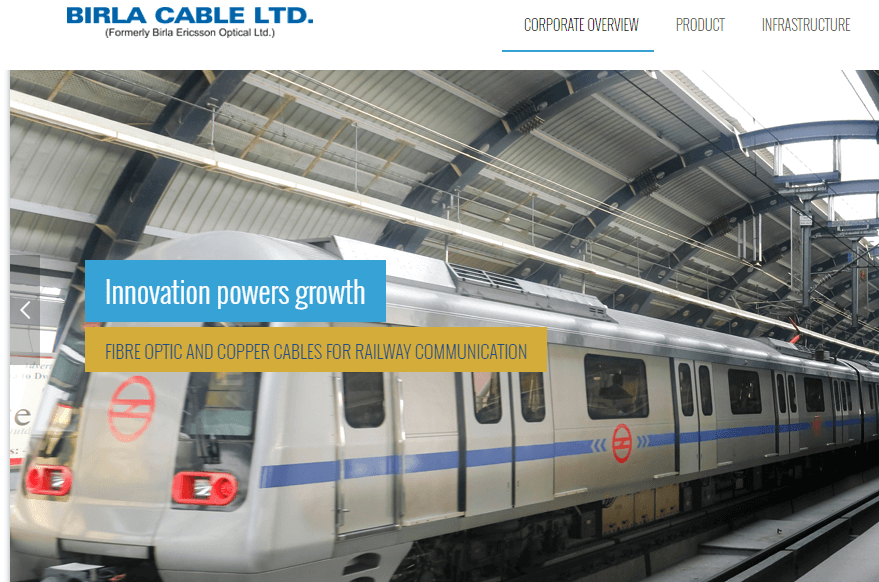The recent slowdown in quarterly GDP growth from 6.3% in Q2 of FY 2022-23 to 4.4% in Q3 FY 2022-23 raised concerns about a K-shaped economic recovery among economists. Recovery of an economy during a recession can be classified into different shapes namely U, V, W and K. The concept of K-shaped recovery came to light during the covid 19 pandemic.
What is K-Shaped Recovery
K-shaped recovery portends a diverging economic scenario where certain sectors of the economy will be thriving while other sectors will continue to decline or struggle to recover. The thriving sector is represented in the upper part of K while the declining part of the economy is represented in the lower part of the K shape. An economy will consist of different divisions based on wealth, geographic and industrial characteristics. In this context, K-shaped recovery can exacerbate inequalities in an economy due to differences in recovery between various sectors.
Causes of K-Shaped Recovery
The emergence of technology and new companies can disrupt an even recovery during a recession. For example, tech-based industries thrived during the pandemic while the hospitality and tourism industry got affected. Sometimes government efforts to revive the economy through monetary and fiscal policy during a recession can also cause uneven recovery leading to a K-shaped recovery. If a recession is coupled with economic shocks, it can affect different sectors of the economy differently.
Signs of K-Shaped Recovery in the Indian Economy
Private consumption expenditure, which is an important component in GDP calculation, is slowing down due to a K-shaped recovery. The Private Final Consumption Expenditure component of the GDP suggests slowing down. According to private consumption data, which was at ₹23.3 lakh crore in the third quarter of FY22, reduced to ₹22.6 lakh crore in January-March 2022 and further to ₹22 lakh crore in April-June.
Various data such as from the Centre for Monitoring Indian Economy suggest that while the listed companies in the formal sector are doing well overall in terms of sales, segments within the formal sector are struggling. Other data such as teledensity, sales of jewellery, two-wheelers and cars are also slowing down. FMCG sales data also reveal a rural-urban divide in spending.
Government’s View on K-Shaped Recovery in the Indian Economy
However, according to the government, assuming a K-shaped recovery in the Indian economy is not valid since both Urban and Rural spending are recovering though at different paces.
MCQs on K-Shaped Economic Recovery
-
What is the K-shaped recovery model?
A. An economic model where all sectors of the economy recover at the same pace
B. An economic model where different parts of the economy recover at different rates or in different directions
C. An economic model where only rural spending recovers, while urban spending continues to decline
D. An economic model where there is no recovery after a recession
-
According to the Indian government, is the K-shaped recovery model applicable to the Indian economy?
A. Yes, it is applicable
B. No, it is not applicable
C. Only applicable to the urban economy
D. Only applicable to the rural economy
-
What is the government’s position on the Indian economy’s recovery?
A. The Indian economy is experiencing a K-shaped recovery
B. The Indian economy is experiencing a mixed recovery, with different sectors or regions experiencing varying degrees of progress
C. The Indian economy is experiencing a V-shaped recovery
D. The Indian economy is experiencing a U-shaped recovery
![]()


